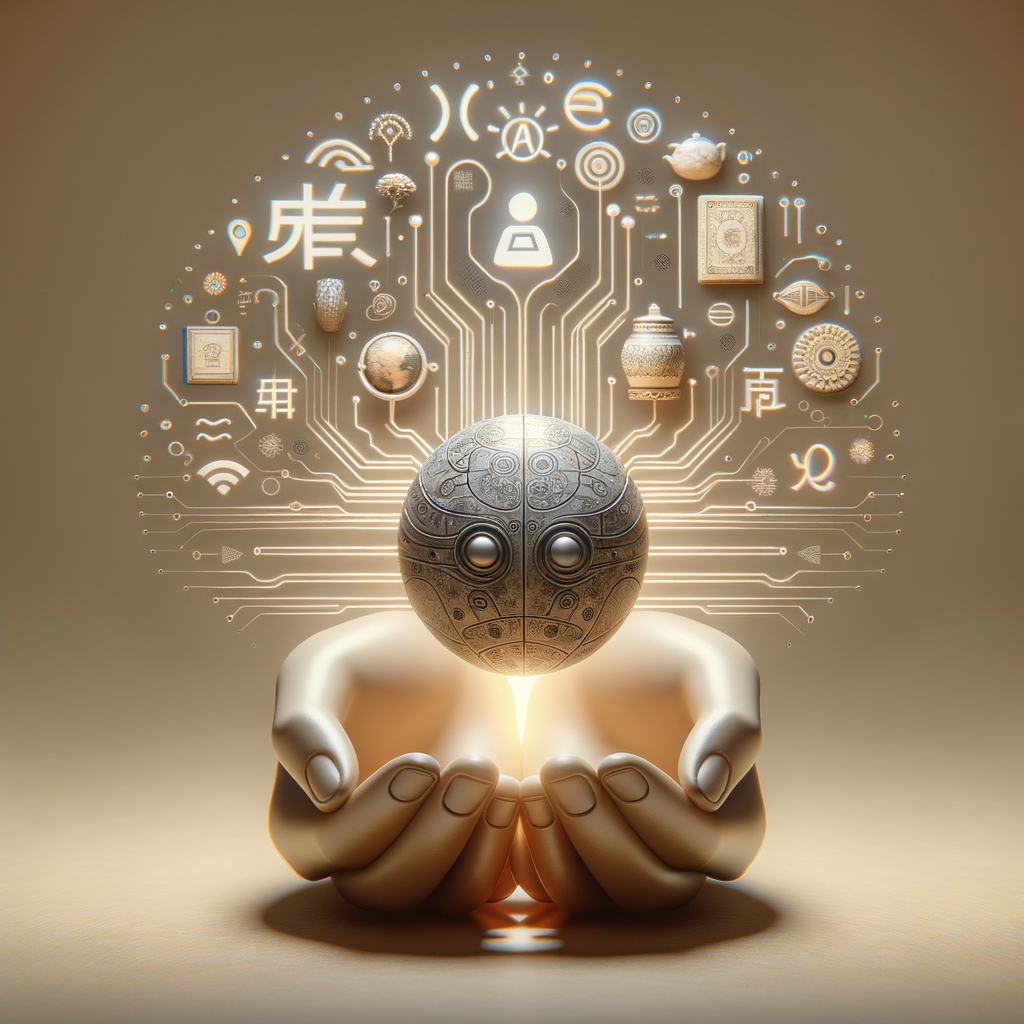
The Next Frontier: AI in Language Translation and Cultural Preservation
Explore how artificial intelligence is revolutionizing the field of language translation and contributing to the preservation of cultural heritage. This blog delves into cutting-edge AI technologies that are breaking language barriers and ensuring the survival of endangered languages. Discover fascinating case studies and insights into the future of AI-driven linguistic innovations.
The Next Frontier: AI in Language Translation and Cultural Preservation
Introduction
In an increasingly globalized world, the ability to communicate across languages is more vital than ever. With over 7,000 languages spoken worldwide, bridging linguistic divides poses a significant challenge. However, advances in artificial intelligence (AI) are revolutionizing how we approach language translation and cultural preservation.
The Role of AI in Language Translation
AI technologies, particularly machine learning, and natural language processing (NLP), have dramatically improved translation capabilities. Unlike rule-based algorithms of the past, modern AI systems learn from vast datasets, enabling them to generate more accurate and nuanced translations. Companies like Google, Microsoft, and DeepL have developed sophisticated AI models that translate texts almost in real-time.
Neural Machine Translation (NMT)
Neural Machine Translation is at the forefront of AI-driven translation. This method applies deep learning models that mimic the human brain's neural processes, allowing contextual understanding and significantly better translations. NMT models understand language complexities, idioms, and sentence structures far better than traditional systems.
Case Study: Google Translate
Google Translate, powered by Google's Neural Machine Translation system, illustrates how AI enhances language conversion. After shifting to AI-based translation, Google reported an approximately 60% improvement in accuracy, facilitating more seamless communication for millions of users globally.
AI and the Preservation of Endangered Languages
Beyond translation, AI plays a pivotal role in preserving endangered languages. With many languages on the brink of extinction, AI is employed to document, teach, and even revitalize them.
Endangered Languages Project
This initiative utilizes AI to compile extensive digital archives of endangered languages. Through machine learning, researchers analyze and catalog vast datasets, drawing insights and identifying relationships within language families. This information aids in developing educational tools and resources to teach these languages to future generations.
Successful Revitalization Efforts
Efforts such as the Maori in New Zealand have leveraged AI to revive their language. AI-powered applications offer interactive learning modules, fostering language acquisition among younger generations and ensuring cultural continuity.
Cultural Implications and Challenges
While AI-driven language translation and preservation offer immense benefits, they also raise cultural and ethical questions. Maintaining the authenticity and cultural nuances in translations demands significant attention. Furthermore, creating comprehensive AI datasets for lesser-known languages requires collaboration with native speakers, protecting cultural identities.
The Future of AI in Linguistics
As AI technology continues to evolve, its potential in linguistics expands. Future innovations may include more context-aware translation systems, real-time speech translation devices, and AI tutors capable of personalizing language learning experiences.
AI and Cross-Cultural Communication
AI's role in breaking down language barriers fosters greater understanding and collaboration globally. By enhancing cross-cultural communication, AI promotes cultural exchange and mutual respect, contributing to a more interconnected and inclusive world.
Conclusion
The integration of artificial intelligence into language translation and cultural preservation marks a transformative era in human communication. By embracing these technologies, we make strides toward a future where language is no longer a barrier but a bridge uniting diverse cultures. As AI continues to advance, so will our capacity to understand and appreciate the rich tapestry of global languages and cultures.